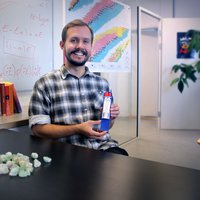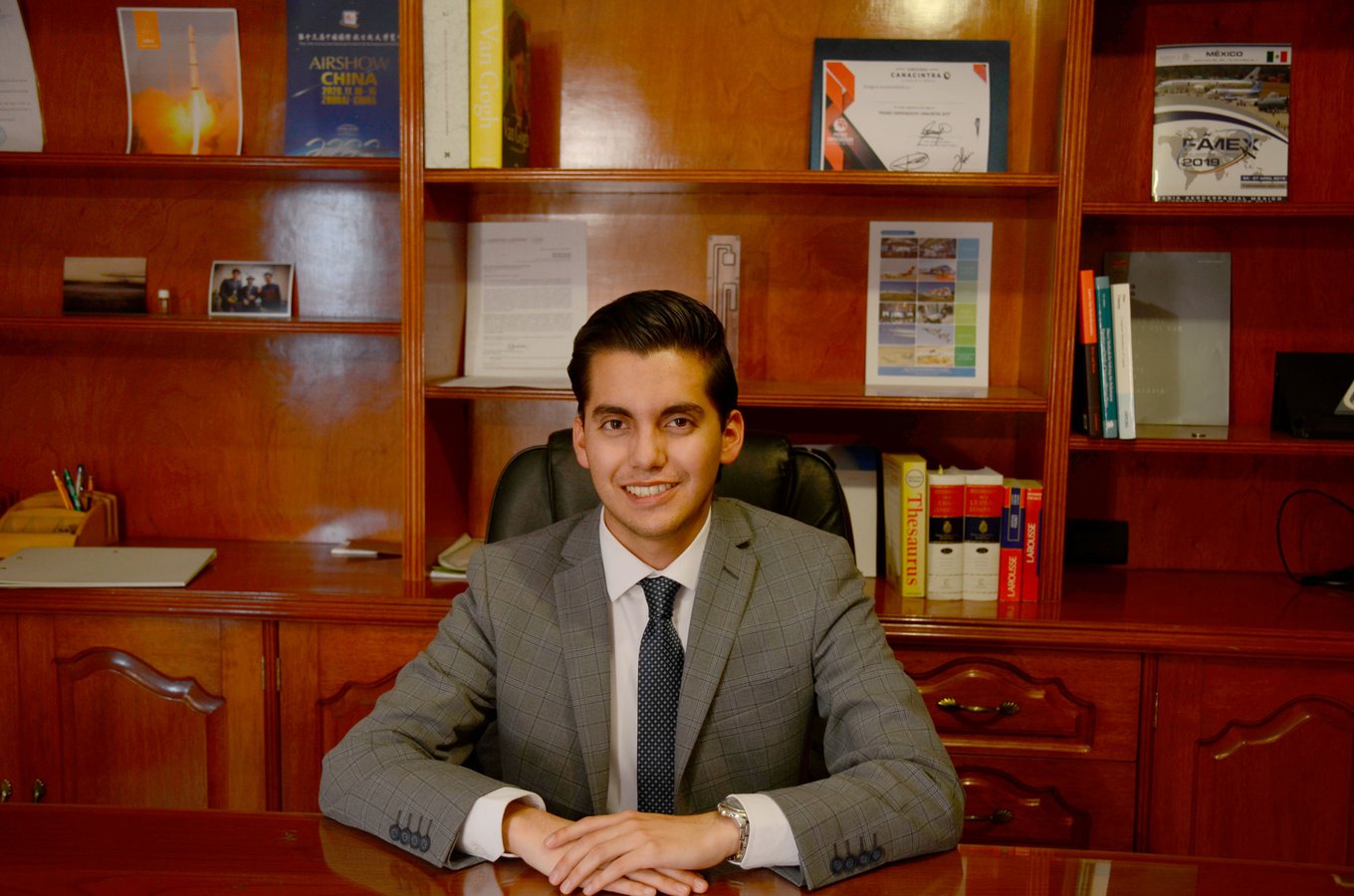The consumption of energy, for industrial or domestic purposes, represents by far the biggest source of green house gas emissions that are responsible for global warming. Two thirds of the world’s emissions are associated with the use of fossil fuels for heating, electricity, transportation, and industry according to The International Energy Agency (IEA). At the same time, climate change threatens the production of renewable energy because of the negative effects it has over the natural dynamics that are necessary to generate hydroelectric energy.
Adán Ramirez, a young Mexican biotechnologist, discovered in algae a possible solution to both problems. His company, GreenFluidies, generates intelligent solar panels made with microalgae and nano fluids that generate oxygen and energy while absorbing carbon dioxide through solar radiation. This initiative merits him as a winner in the Latin American Innovators Under 35 from The MIT Technology Review LATAM edition.
Photosynthesis is the natural process by which plants, algae, and some bacteria produce energy and organic matter using sunlight and carbon dioxide from the atmosphere. It's also the basis of intelligent solar bio panels developed by Ramirez, which combine technology and nature. The bio panels produce biomass that can be used as fertilizer and other secondary products made by microalgae, contributing to a circular economy model.
His panels have a triangular geometry and a semi-translucent green color, which differentiates them from other solar panels. “They can even be set on windows,” Ramirez says and adds, “What we want is for buildings to be oxygenated and [our panels] can clean the air while generating energy." Additionally, another one of the GreenFluidies panels’ main goals is to decentralize the production of energy. Accordingly, the biotechnologist elaborates, “This technology is unique worldwide and can be used to grow your own crops on your house’s roof."
Ramirez defines GreenFluids as the first Mexican outer space biotechnology oriented company and further explains, “We are looking to connect outer space with planet Earth through the technology we have developed." His aim is for the bio panels to be used in future outer space colonization missions, and aside from producing energy, they create oxygen in a safe manner and algae biomass could become sustenance for astronauts and other future outer space settlers.
Maria Elena Vela, researcher from The Nanoscopy and Physicochemical Surface Laboratory from the Institute of Theoretical and Applied Physicochemical Research or INIFTA, Argentina and a member of the jury for the 2019 Latin American Innovators Under 35 highly appreciates the youth, energy and enthusiasm Ramirez pumps to the project.




